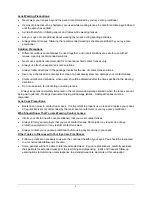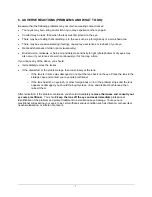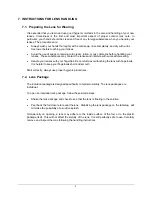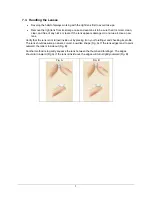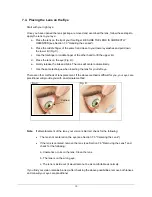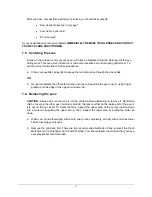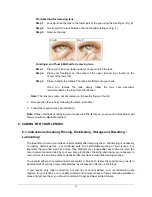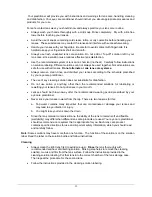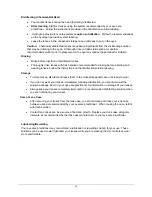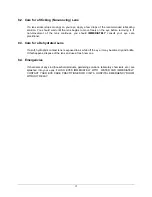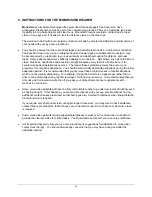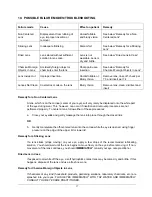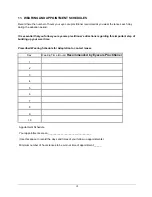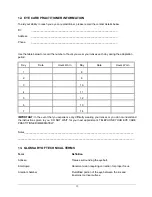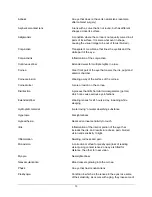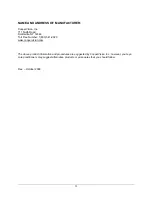
20
Aphakic
An eye that does not have its natural lens (example:
after cataract surgery).
Aspherical contact lens
A lens with a curve that is not round, but has different
shapes across its surface.
Astigmatism
A condition where the cornea is not equally curved in all
parts of its surface. It is somewhat oval in shape,
causing the visual image to be out of focus (blurred).
Conjunctiva
Transparent membrane that lines the eyelids and the
white part of the eye.
Conjunctivitis
Inflammation of the conjunctiva.
Continuous Wear
Extended wear for multiple nights in a row.
Cornea
Clear front part of the eye that covers the iris, pupil and
anterior chamber.
Corneal erosion
Wearing away of the surface of the cornea.
Corneal ulcer
A sore or lesion on the cornea
Disinfection
A process that kills harmful microorganisms (germs)
which can cause serious eye infections
Extended Wear
Wearing lenses for 24 hours a day, including while
sleeping
Hydrophilic material
“water loving” or water absorbing substance
Hyperopia Farsightedness
Hypoesthesia
Reduced corneal sensitivity to touch
Iritis
Inflammation of the interior portion of the eye that
includes the iris, and results in redness, pain, blurred
vision and sensitivity to light.
Inflammation
Swelling, redness and pain
Monovision
A correction method for presbyopia (loss of reading
vision) using contact lenses; one eye is fitted for
distance, the other for near vision.
Myopia Nearsightedness
Neovascularization
Blood vessels growing into the cornea
Phakic
An eye that has its natural lens
Presbyopia
Condition in which as the lenses in the eyes lose some
of their elasticity, as occurs with aging, they lose some of

